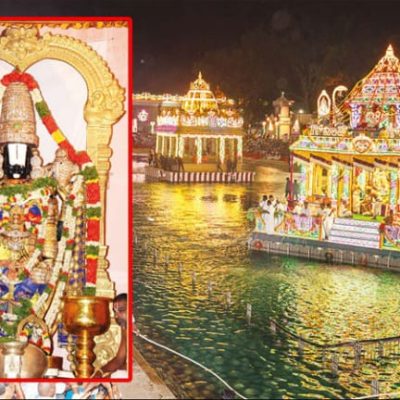Badoh- Pathari Dashavatar Group of temples- Madhya Pradesh
Address
Badoh- Pathari Dashavatar Group of temples- Badoh- Pathari Madhya Pradesh 464337
Diety
Vishnu
Introduction
Dasavathara Group of Temples is a Temple Complex dedicated to Lord Vishnu located at Badoh Village in Kurwai Taluk in Vidisha District in Madhya Pradesh, India. This temple complex has several small ruined shrines. It is believed that these shrines housed various incarnations of Lord Vishnu. The group of temples were believed to be built between 8 th and 10th century CE. The temple has been classified as a Monument of National Importance by the Archaeological Survey of India (ASI).
Puranic Significance
The group of temples are named after the Dasavathara temple in this group. The group consists of several Vaishnavite affiliated temples. Almost all the temples are in ruined state. There is a huge unfinished image of Varaha can be seen in the group. The twin villages namely Badoh and Pathari were an important ancient town in medieval period. The villages were collectively called as Batnagar in ancient times as per locals. The area was under the Guptas in 6 th century CE, followed by the Pratiharas from 8 th – 10th century CE and then the Paramaras & Rashtrakutas. There are several ancient monuments present in these two villages, dating from 5 th century CE to 11th century CE. Temple- I, This Temple is facing towards east. The temple consists of sanctum and mandapa. The mandapa is completely lost except few portions of its floor. The sanctum is square and triratha in plan. There is no deity in the sanctum except a rectangular pedestal. It is believed that sanctum would have enshrined a form of Lord Vishnu. The inner walls of the sanctum are plain. The lintel of the sanctum doorway has an image of Vishnu riding over garuda at the central location flanked by Vidyadhara and Mithuna figures. The architrave is adorned with ten incarnations of Lord Vishnu. The door jambs has three bands of decoration and has river goddesses Ganga and Yamuna at its base Temple No. 2: This Temple is facing towards west and situated to the north eastern side of the Temple No 1. It stands over a low raised platform. The temple consists of sanctum, antrala and pillared mandapa. The Mandapa is supported by two pillars and pilasters having seating arrangement on either side. There is no deity inside the sanctum. It is believed that sanctum would have enshrined a form of Lord Vishnu. The lintel of the sanctum doorway has an image of Vishnu over garuda at the central location flanked by Lord Shiva and Lord Brahma. The door jambs has three bands of decoration and has river goddesses Ganga and Yamuna at its base. The shikara over the sanctum is lost completely. Dashavatara Temple: The Temple is situated to the south east of the Temple No. 1. The temple consists of an entrance porch, pillared mandapa and sanctum in the form of long mandapa. The temple once housed the Dashavatara images of Lord Vishnu in its sanctum. The sanctum does not contain any of these sculptures currently. Remains of a Trikuta (triple shrine) Temple: Ruins of a trikuta temple can be seen among this group. This temple is believed to be built by the rulers of Kacchapaghata in 10th century CE. This temple has three shrines facing towards north sharing a common Sabha Mandapa. This temple is similar to the Bajramath Jain temple of Gyaraspur in plan.
Century/Period/Age
8 th and 10th century CE
Managed By
Archaeological Survey of India (ASI)
Nearest Bus Station
Pathari
Nearest Railway Station
Khurai Station
Nearest Airport
Bhopal





